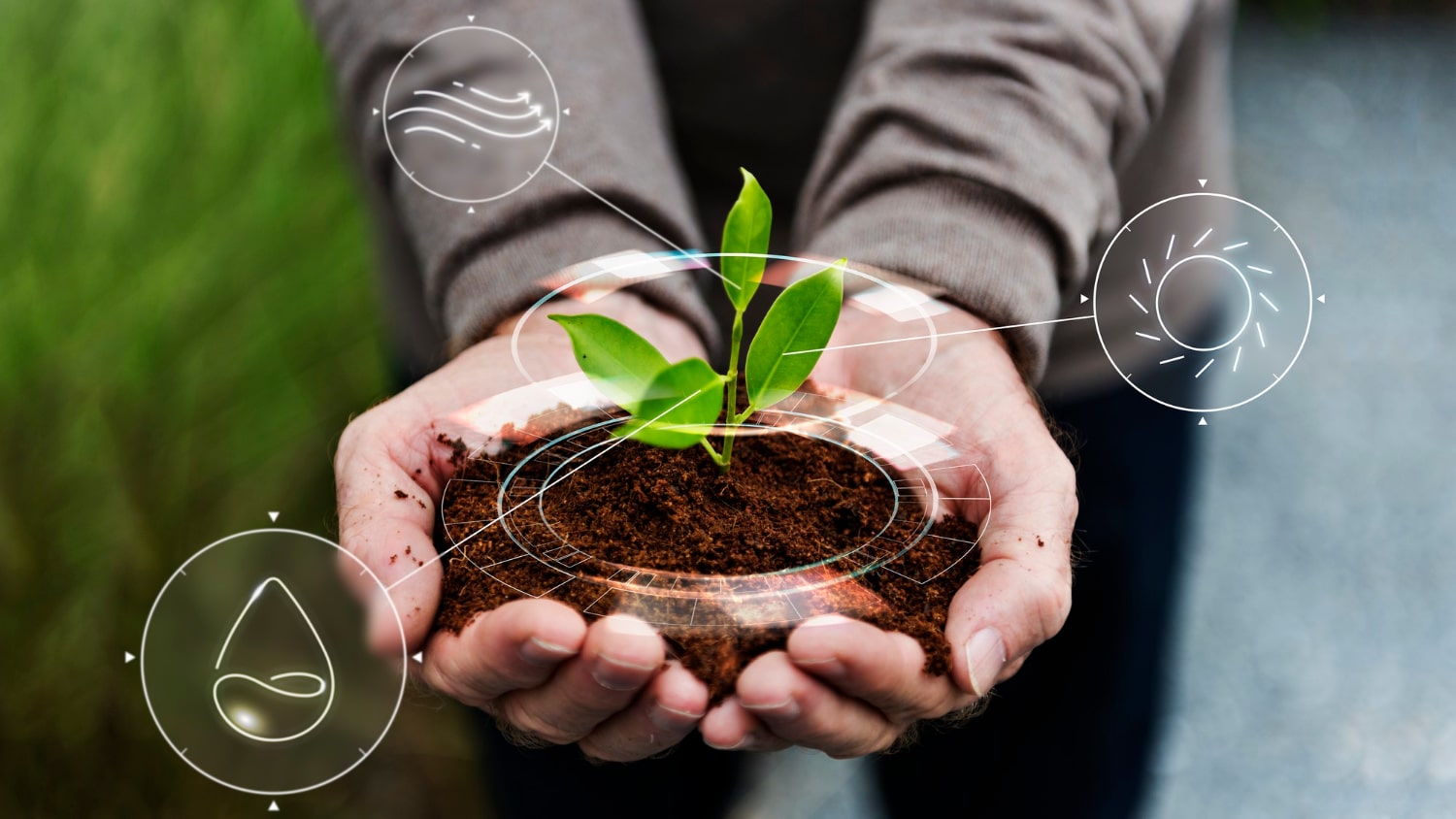
More people are beginning to understand the harm being caused by being environmentally unsafe in the past. However, more are focused on sustainability and ways to reduce their carbon footprints. They want to reap the benefits of living a clean, healthier life, including in the workplace. Continue reading to discover five sustainability trends that are impacting B2B companies. Implementing these trends will have a positive impact on companies and their revenue.
1. Utilizing Energy Efficiency Throughout the Company
Regardless of a company's industry, doing business with other businesses typically means that there aren't customers walking into your business anytime. Many B2B business deals are done online or over lunch. That makes it easier to maintain their business in a way that is comfortable to employees but also more energy-efficient.
That may include turning off lights, using sunlight to illuminate workspaces, replacing incandescent bulbs with fluorescent lamps, setting heat and air timers, installing sensors to shut off printers and copy machines, and more. While for some businesses, that may involve several working hours and even days to implement and make the transitions.
However, those changes can be made more smoothly and without reducing productivity. Businesses can use an automated demand response system to cut costs without compromising their business. Using a data-driven technology platform delivers immediate energy, operational, and resiliency benefits. This can transform how a company uses energy.
2. Recognizing the Generational Shift
By 2025, millennials will make up at least 70% of the workforce. Millennials will have a lot of influence and decision-making powers in their thirties and forties. They will be CEOs, CFO, and CPOs for B2B businesses.
That is significant because one of the differences between millennials and older generations is that millennials understand and look for ways to incorporate sustainability. They want to break away from the environmental damage done by past generations for future generations. That means business decisions, including B2B, will reflect their stances. That also means that whether a company is purchasing or creating products, it will communicate its sustainability credentials freely. They are resourceful and will look for companies that meet their needs regarding sustainability.
3. Rebalancing Budgets
While the economic crash of 2009 forced several companies to take a hard look at the allocation of their cash flow, sustainability has created a significant shift in marketing budgets.
While budgeting forecast revenue and expenses over a specific period, more B2B businesses are aligning with sustainability. They are using their cash flow to bring their business up to date and networking to make connections with like-minded businesses. Meaning, that their realizations are helping keep other business officials in mind as they purchase or manufacture.
4. Going Mainstream
The pandemic forced more people to become creative, immediate, and innovative entrepreneurs. These new companies, many started by young entrepreneurs, are up to speed on sustainability and the green movement. However, many older, established companies are just getting on board.
To catch up, they are hiring marketing directors with different branding and marketing approaches. Instead of allowing their business to only stand out based on product, they are going mainstream and making moves that will make them front runners for several reasons, including sustainability. Going mainstream while investing in sustainability will profit a B2B business in the long run.
5. Preparing Now
Although slow, many businesses recognize that going green can have an extremely positive impact on their revenue. And many realize that to operate as an entirely green company, they must make that the center of everything they do. That means finding vendors of the same ethos who want to stay relevant and eco-friendly.
Just as in a home, an ethical work environment won't happen overnight. However, some changes that B2B companies can begin to make include preparing to make include:
- Attracting millennial employees
- Adopting innovation that competitors aren’t using yet
- Making internal processing more sustainable
- Lead by example
Conclusion
As you have read, more people understand that ham is environmentally unsafe. While they work to develop a more sustainable home life, B2B companies look for ways to do the same. By implementing the five sustainability trends impacting B2B companies, business owners will realize the positive impact these trends have on companies.
You may also like
The Green Revolution: Why Eco-Friendly Dentistry Matters And Makes Commercial Sense
How to Make Business Shipping Processes More Eco-Friendly
10 Ways to Make Your Shipping Process Green
Top 7 Eco-Friendly Packaging Alternatives for Your Business
